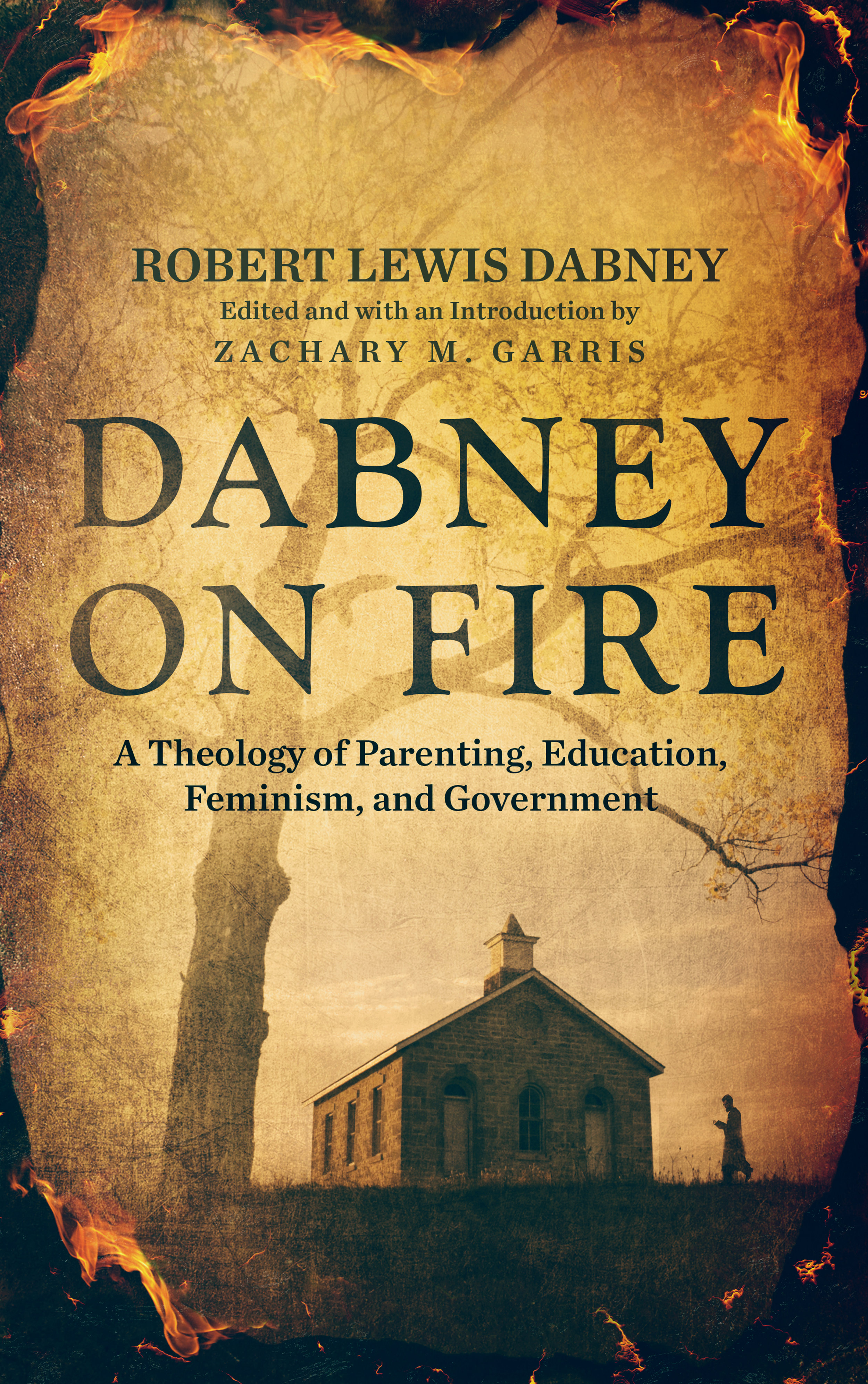Bible Curriculum
/The study of the Bible should be central to Christian education. The Bible is the very Word of God, and it is shows us the way of salvation through Christ. Some people want to shy away from directly teaching Scripture because kids may find parts boring and difficult. But the Bible is full of stories that will grab the attention of children, and its study is well worth the challenges. Additionally, there is no better way for kids to learn to read than from reading the Bible.
The Bible for Children
The goal of teaching the Bible to young children ought to be to familiarize them with the stories of Scripture. They are not going to be Bible experts in the 5th grade, but they can become quite knowledgable of its characters and teachings. There are scores of Bible curricula out there for kids, and it would be near impossible for me to survey all of them. Instead, I will recommend one that is written by one of my favorite professors from seminary. This series by One Story Ministries currently has curriculum for Christian schools from kindergarten through 5th grade. The great thing about this series is that it covers the entire Bible in those six years, which will prepare kids for a deeper study of Scripture in middle and high school. This sets this series apart, as most children’s Bible books favor entertainment over content. The only downside is that the books get expensive. However, the price reflects the fact that this is a full curriculum and requires little planning by the teacher.
The Bible for Middle and High School
Students can transition to a more in-depth study of the Bible in middle and high school. I would recommend teaching a survey of the entire Bible in high school, covering the Old Testament in 9th grade and the New Testament in 10th grade. The best book for such a course is The MacArthur Bible Handbook. This is a great resource for every book of the Bible, with each chapter including information on the author, date, historical background, outline, themes, and interpretive challenges of each book. There are also content questions at the end of each chapter, which can be used for assignments.
The MacArthur Bible Handbook is not an exhaustive treatment but rather an overview of each book of the Bible. This book is therefore best used by a teacher who knows the Bible well. The teacher can have the students read about a book of the Bible before the teacher covers that book in class. The book could be improved if it included a section on how each book points to Christ and if it followed the Hebrew order of the Old Testament. But both of these improvements can be made in class by the teacher. Also, be aware that this book has a dispensational bent particularly apparent in the Old Testament books and Revelation, a reflection of John MacArthur’s theology. But this should not be a major problem for a non-dispensationalist teacher.
Another helpful resource to use is the ESV Study Bible. This is helpful for both teachers and students. I will also plug here KnowingScripture.com, my Bible resource website. It has introductory articles on the Bible, as well as specific passages and topics in Scripture.
Other Options
How to Read the Bible Book by Book by Gordon Fee and Douglas Stuart. This book contains a brief chapter for each book of the Bible, with quick facts and an overview of the sections of that book. This is an excellent resource for every Christian to have on hand, though it may not be as suitable for a Bible class. Be aware that this book is less conservative than The MacArthur Bible Handbook, particularly on issues of author and date.
The Most Important Thing You’ll Ever Study: A Survey of the Bible by Starr Meade. This is a Bible textbook/workbook combination for middle school and high school students. It overviews each book of the Bible, but it also highlights important passages and asks questions on those passages. Unlike the other books mentioned, this is a full curriculum with tests and all.












